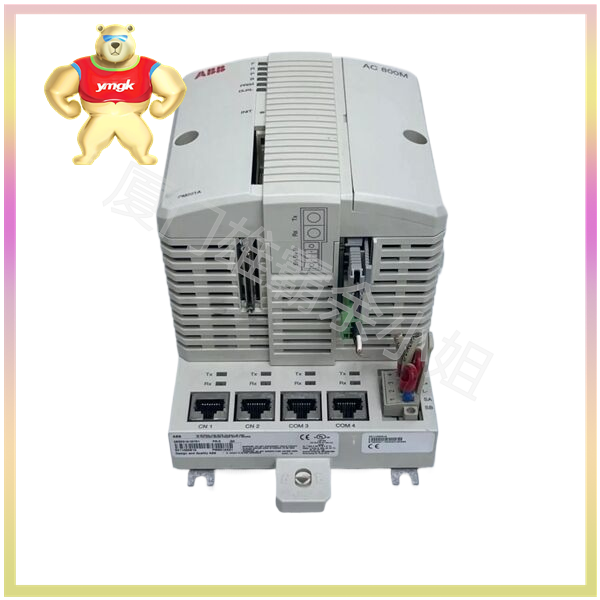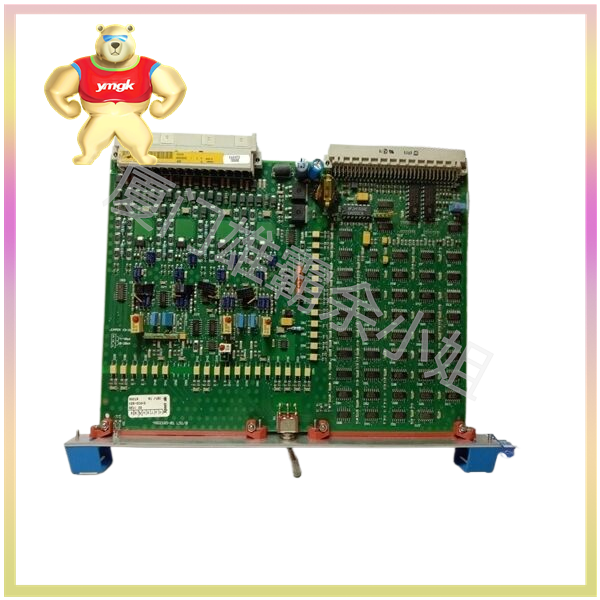Due to the extremely high requirements for the reliability of industrial control networks in industrial environments, the redundancy function of industrial Ethernet has emerged. From rapid spanning tree redundancy (RSTP), ring redundancy (RapidRing) to backbone redundancy (Trunking), each has its own advantages and characteristics, and control engineers can choose according to their own requirements. In order to better help everyone understand and learn the characteristics of industrial Ethernet redundancy technology.
Advanced management type redundant switches provide some special features, especially optimized for redundant systems with strict requirements for stability and security. The main ways to build redundant networks are STP, RSTP, and ring redundancy RapidRing
- STP and RSTP
STP (Spanning Tree Protocol, IEEE 802.1D) is a link layer protocol that provides path redundancy and prevents network loops from occurring. It forces the backup data path to be in a blocked state. If a path fails, the topology can be reconfigured and link reconstructed by activating backup paths. The recovery time for network interruption is between 30 and 60 seconds. RSTP (Fast Spanning Tree Algorithm, IEEE 802.1w) is an upgrade to STP, which shortens the network interruption recovery time to 1-2 seconds. The spanning tree algorithm has a flexible network structure, but also has the disadvantage of slow recovery speed.

- Redundant RapidRing in Ring Network
RapidRing was born to meet the real-time requirements of industrial control networks. This is a technology that uses ring networks to provide high-speed redundancy in Ethernet networks. This technology can enable the network to recover on its own within 300ms after an interruption. And users can be alerted to network outages through methods such as switch error relay connections, status display lights, and SNMP settings. All of these can help diagnose where the ring network is disconnected.
RapidRing also supports two connected ring networks, making the network topology more flexible and diverse. Two rings are connected through dual channels, which can be redundant to avoid problems caused by individual cable errors.
- Backbone redundancy Trunking
Setting multiple ports of different switches as Trunking backbone ports and establishing connections can form a high-speed backbone link between these switches. Not only does it exponentially increase the network bandwidth of backbone links and enhance network throughput, but it also provides another function, namely redundancy.
If the backbone links in the network experience disconnection or other issues, the data in the network will be transmitted through the remaining links to ensure normal communication. The Trunking backbone network adopts bus and star network structures, and the theoretical communication distance can be infinitely extended. Due to the use of hardware detection and data balancing methods, this technology has reached a new height in network interruption recovery time, with a typical recovery time of less than 10ms.





